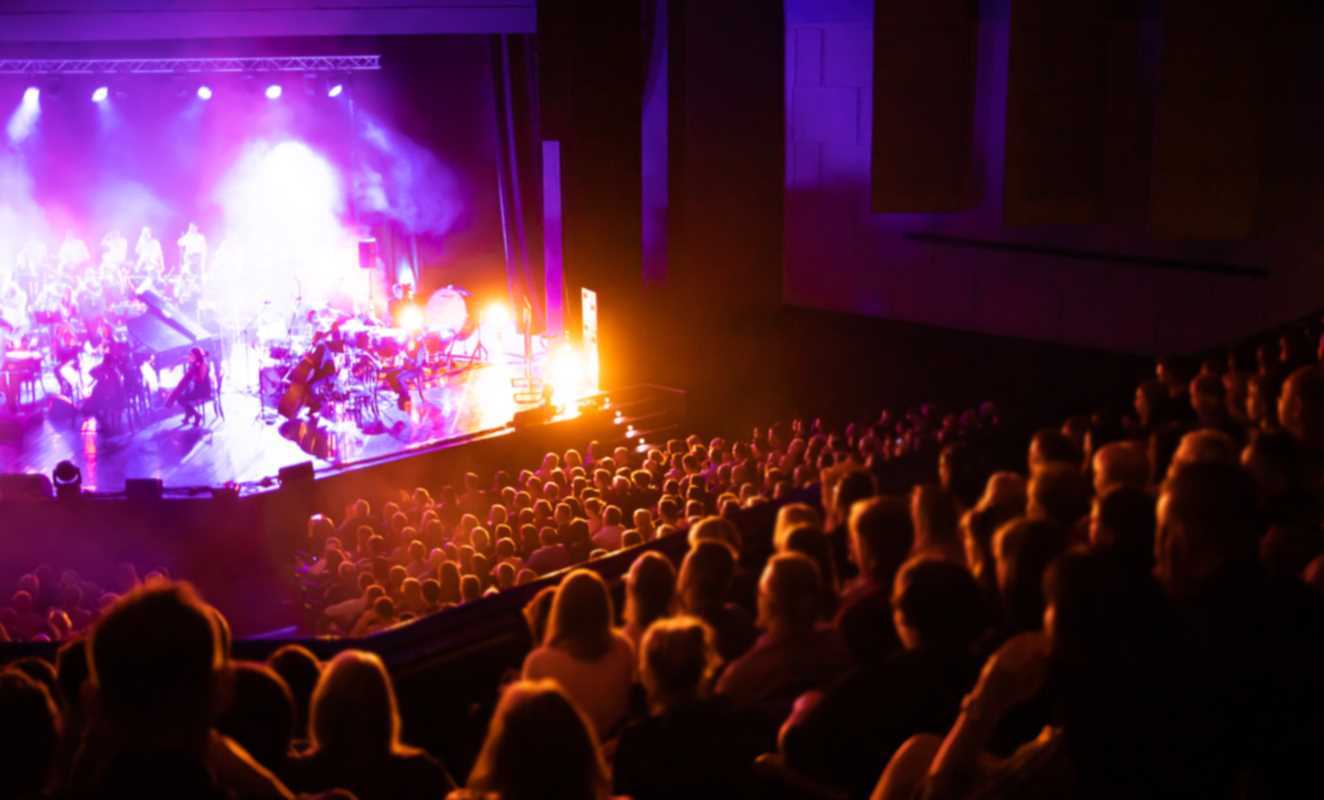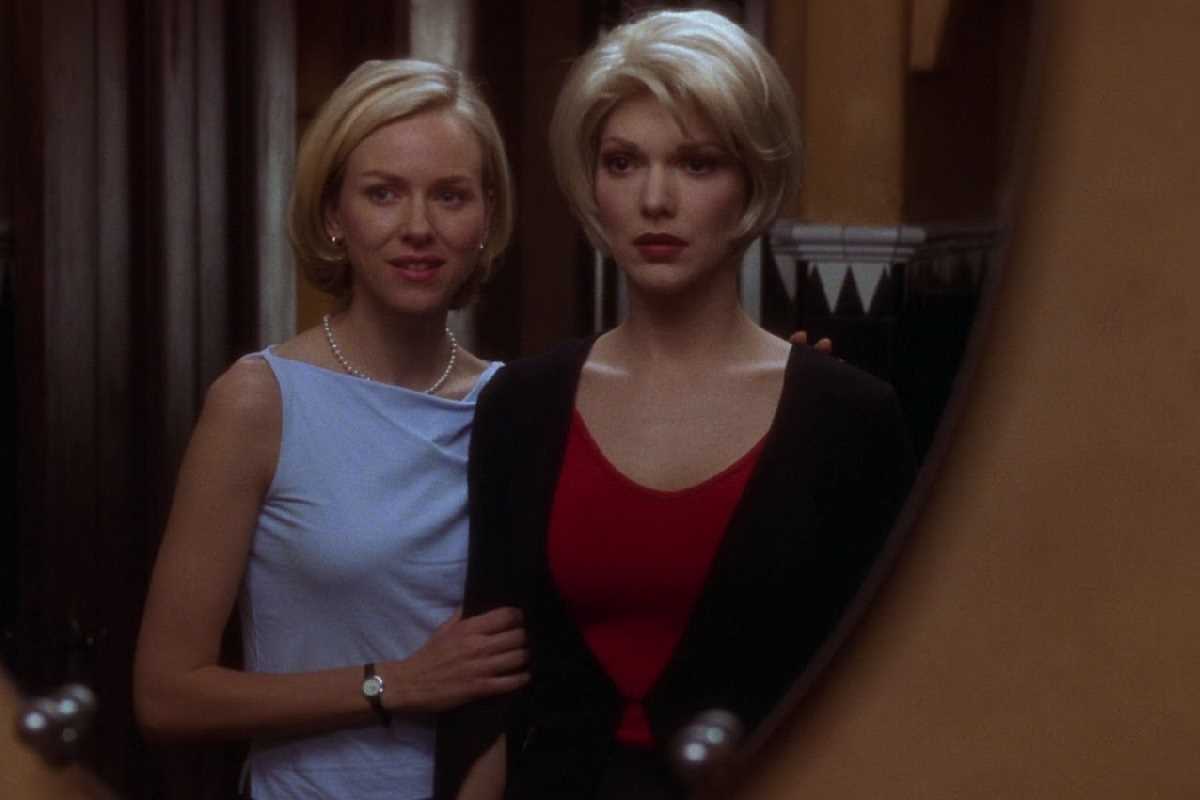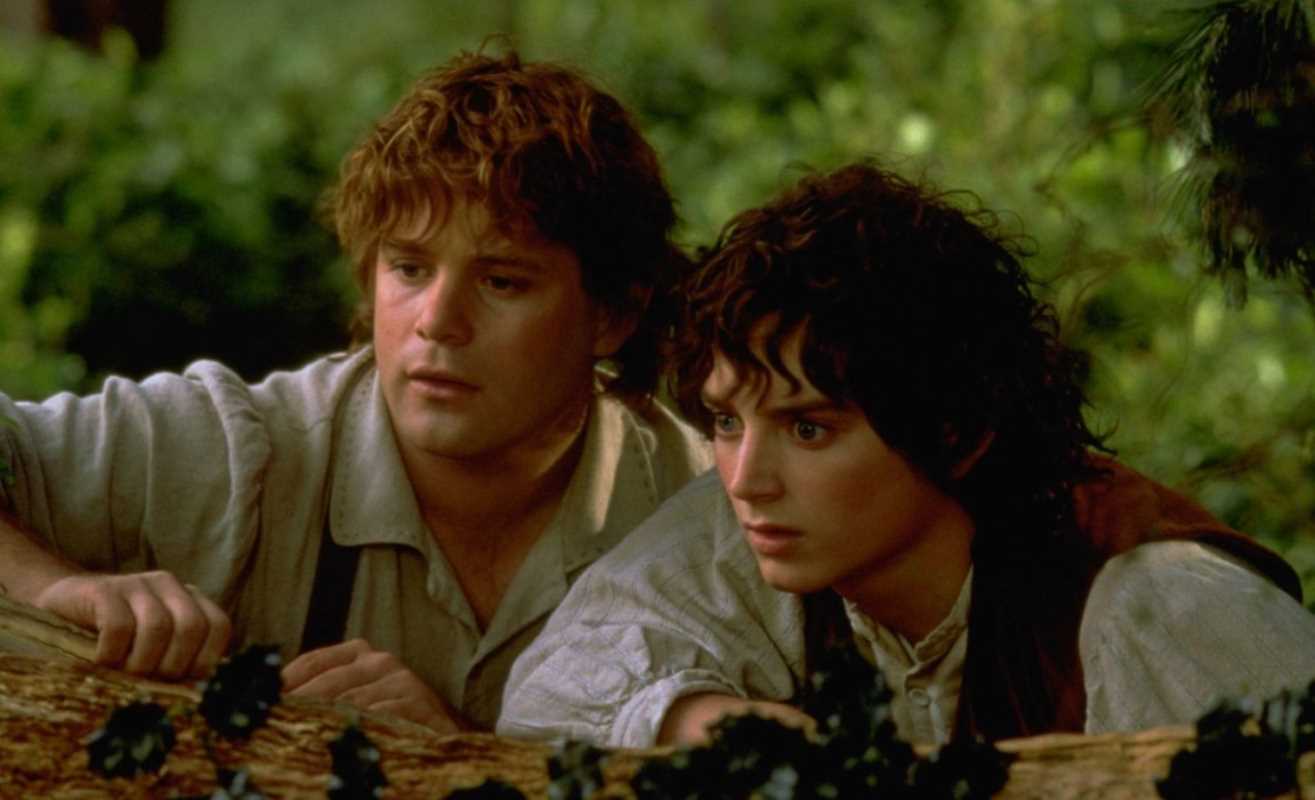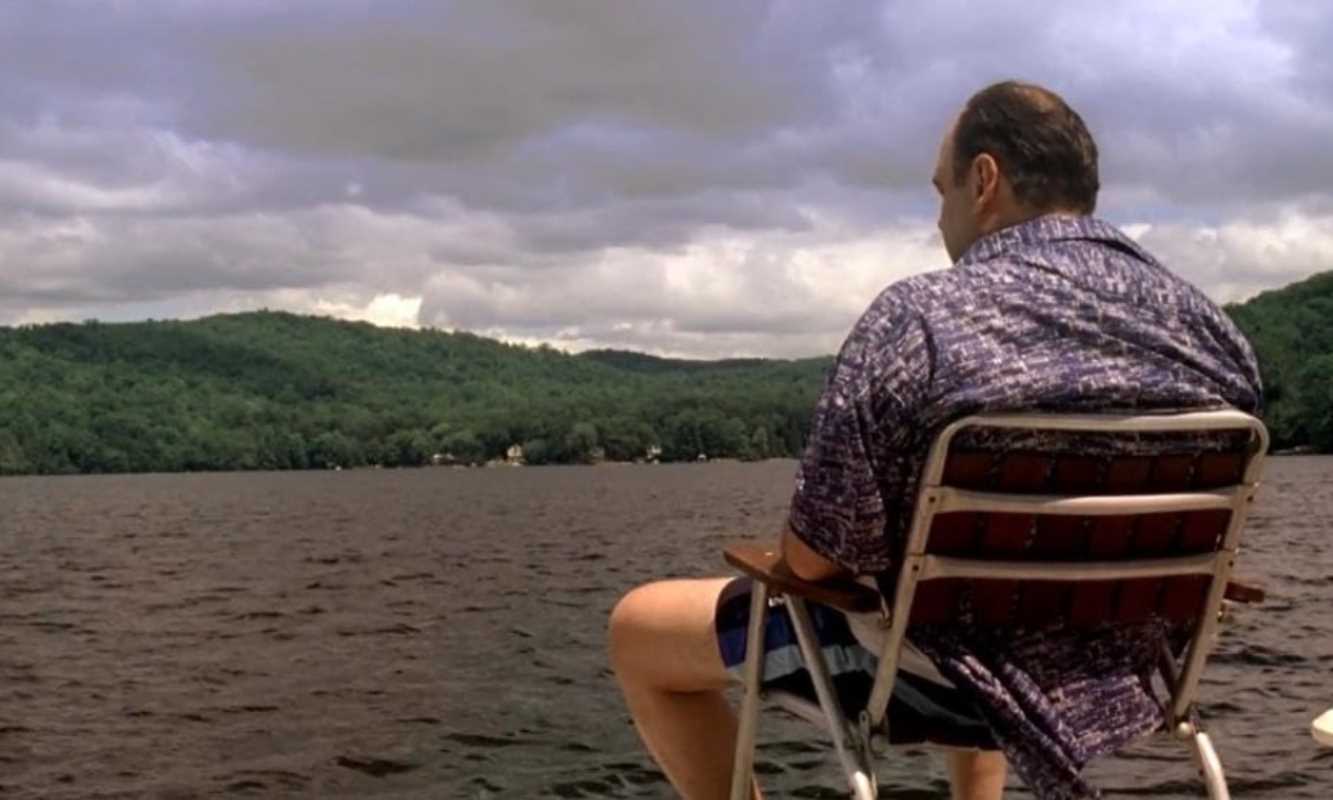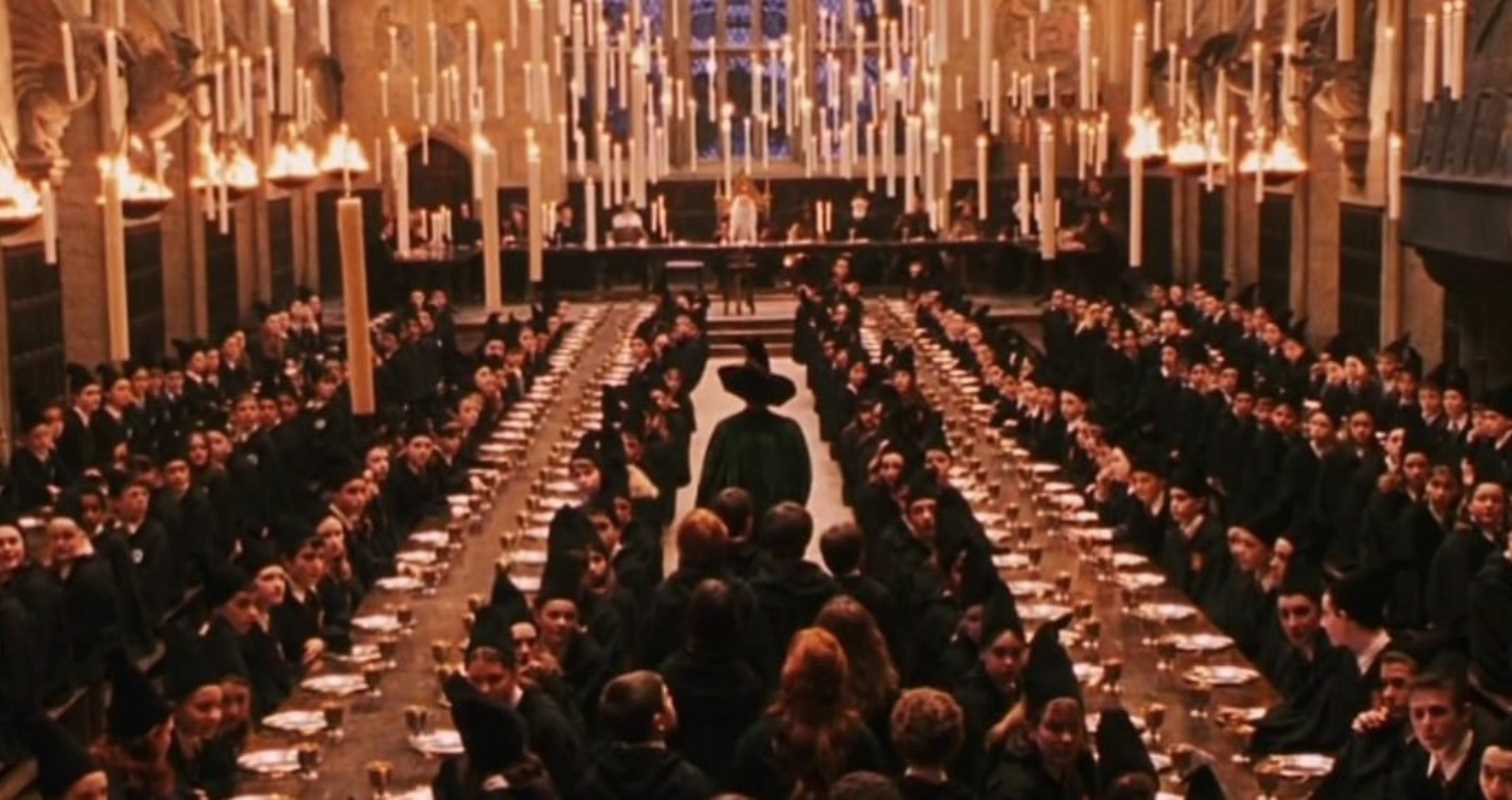Bob Dylan, widely regarded as one of the most influential musicians in history, has been shaped by numerous artists whose sounds, styles, and philosophies he deeply admired. His music, which blends folk, rock, blues, and protest elements, has left a massive mark on both popular culture and the music industry. While Dylan's influence on modern music is undeniable, it’s important to recognize the artists who helped shape his unique voice and sound. These musical and literary figures guided his artistic evolution and helped him develop into the groundbreaking musician and lyricist that he is today.
Woody Guthrie
Woody Guthrie, the legendary folk singer and social activist, profoundly impacted Bob Dylan's early career. Guthrie's songs, driven by his commitment to social justice, inspired Dylan to use music as a platform for political expression.
- Musical Style and Social Consciousness: Guthrie’s simplicity and directness in his music, such as This Land Is Your Land, resonated deeply with Dylan. Guthrie’s ability to weave political and social themes into his music influenced Dylan’s own approach to songwriting, particularly his focus on social justice issues.
- Direct Influence: Dylan moved to New York City in part to meet Guthrie, and the two became close friends. Guthrie’s influence can be heard in Dylan's early work, including Talking New York on his first self-titled album and The Times They Are A-Changin’, which tackle themes of protest, equality, and social change.
Hank Williams
Hank Williams, the iconic country musician, was another key figure in Dylan’s development. Known for his heart-wrenching, simple yet powerful songs, Williams’ influence on Dylan is evident in both his musical style and his songwriting.
- Songwriting and Emotional Depth: Williams’ ability to convey deep emotion with straightforward lyrics like I’m So Lonesome I Could Cry deeply impacted Dylan’s approach to writing. Both artists often tackled themes of love, loss, and heartache, but in a raw, unpolished manner that captured real emotion.
- Country and Folk Fusion: Williams' music bridged the gap between country and folk, a style that Dylan embraced early in his career. Songs like Boots of Spanish Leather and Don’t Think Twice, It’s All Right reflect Williams' songs' emotional clarity and simplicity.
Robert Johnson
Robert Johnson, the legendary blues guitarist and singer, also influences Bob Dylan’s music. Johnson’s ability to blend personal narrative with mystical imagery left an indelible mark on Dylan’s songwriting style.
- Blues as a Foundation: Johnson’s influence can be traced throughout Dylan’s career, particularly in his use of symbolism and emotional depth. Johnson’s songs, such as Cross Road Blues, explore themes of desperation and the supernatural—motifs Dylan would adopt in his own music, like in Like a Rolling Stone and Desolation Row.
- Blues Technique: Johnson’s virtuosic guitar playing and his eerie, soulful delivery of lyrics directly influenced Dylan’s own approach to music, especially when Dylan ventured into electric blues during the mid-1960s.
Allen Ginsberg
Although a poet and not a musician, Allen Ginsberg’s influence on Bob Dylan is undeniable. As a leader of the Beat Generation, Ginsberg encouraged Dylan to experiment with the boundaries of poetry in his lyrics, blending abstract imagery with political and existential themes.
- Poetry and Songwriting: Ginsberg’s free verse and unfiltered approach to addressing taboo subjects, such as sexuality and politics, deeply resonated with Dylan. The collaboration between the two in the early 1960s encouraged Dylan to experiment with more abstract and surreal lyricism, especially evident on Bringing It All Back Home and Blonde on Blonde.
- Lyrical Freedom: Ginsberg’s willingness to tackle political, social, and personal subjects in his poetry inspired Dylan’s own songs, where he blended vivid imagery and raw emotions. Ginsberg’s influence is most apparent in Dylan’s shift to more abstract lyrics that pushed the boundaries of traditional folk music.
Lead Belly
Lead Belly, a blues and folk musician with a repertoire spanning decades, profoundly influenced Bob Dylan’s music. His folk standards and storytelling style helped shape Dylan’s approach to both folk music and the art of narrative songwriting.
- Blues and Folk Tradition: Lead Belly’s fusion of folk, blues, and spirituals was a blueprint for Dylan’s early work. Songs like Goodnight Irene and The Midnight Special are examples of the kind of storytelling Dylan would later adopt in his own music, blending folk traditions with contemporary issues.
- Direct Influence: Dylan has repeatedly acknowledged Lead Belly as a major influence, particularly in his early years. Lead Belly’s simple, powerful lyrics and guitar mastery can be heard in many of Dylan’s early folk songs, including The Freewheelin’ Bob Dylan album, which includes political anthems like Blowin' in the Wind.
These five artists—Woody Guthrie, Hank Williams, Robert Johnson, Allen Ginsberg, and Lead Belly—each played a key role in shaping Bob Dylan’s music. Through their music, these artists taught Dylan how to use music as a form of personal expression and a vehicle for political change and social commentary.
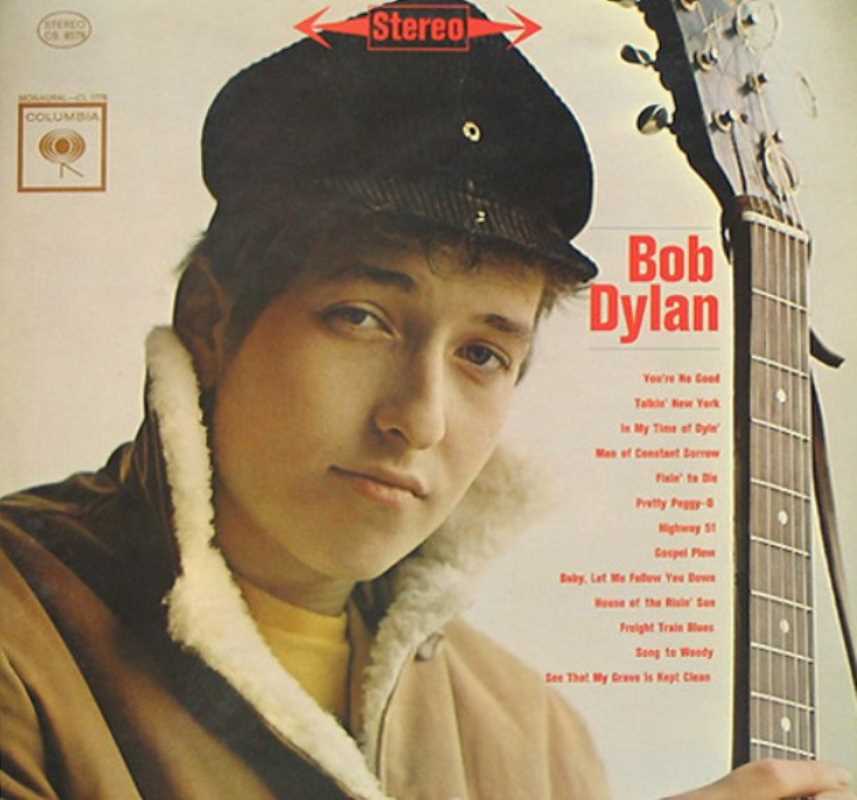 (Image source: Columbia)
(Image source: Columbia) 